Did you know?
As of 2023, the LNID maintains:
- 234.6km of canal
- 706.7km of pipeline
- 102.6km of drainage canals
- 116.1km of natural drains

Weekend: July 18-20
Water Coordinator: Walter Engels, 403-382-5840
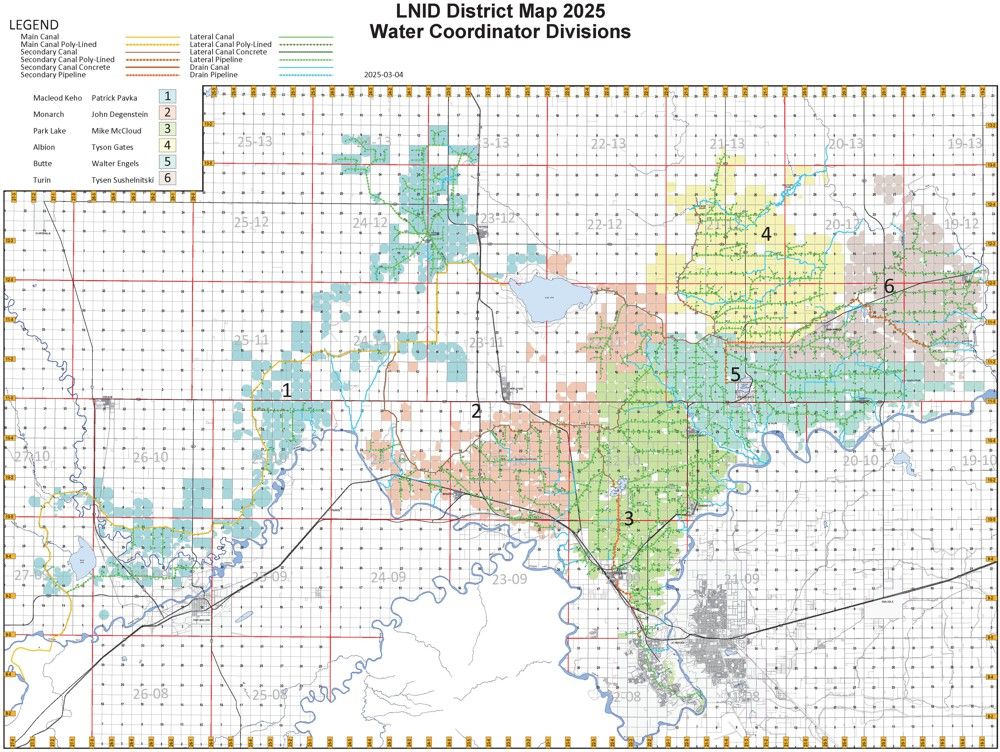
The west pipeline of Lateral 61C has been commissioned. All systems downstream of Park Lake are fully operational and ready for water deliveries.
As part of a scheduled inspection for the G11 overshot gate, water flows on the Lateral 62G Albion Canal downstream (north) of NW 8-12-21-4 will stop the evening of Monday, May 19, 2025. The inspection will take place Tuesday morning with water flows resuming in these systems later on Tuesday.
This inspection will affect water deliveries to Laterals G9, G10, G11, G12, and Larsen Reservoir as well as users on the Lateral 62G Albion Canal downstream of NW 8-12-21-4. Please contact the Albion Water Coordinator, Tyson Gates, with any questions.
Repairs for the leak on the Lateral B11B pipeline are scheduled for Tuesday, May 20, 2025. Please contact the Monarch Water Coordinator, John Degenstein, with any questions.
May 14, 2025
The west pipeline of Lateral 61C, which delivers water from Park Lake to West Lethbridge, is now fully operational. Please contact your Water Coordinator to confirm the water delivery status of this area as pipelines and ditches south of Coalhurst are still being filled.
All other systems in the District are available for water delivery.
As a reminder, please give your Water Coordinators at least 24 hours notice for ordering water on and off.
May 9, 2025
The west line of Lateral 61C pipeline has begun commissioning. Water users will be notified when this pipeline, and downstream connected systems, are ready for water delivery.
All other systems in the District are fully operational and ready for water delivery. Please contact your Water Coordinator to place any water order requests, giving at least 24 hours advance notice on and off.
May 7, 2025
The east line of Lateral 61C, including Laterals C7 and C12, are pressurized and able to make water deliveries.
The west line of Lateral 61C is being commissioned on Friday, May 9.
Please contact your Water Coordinator for any additional information on water deliveries.
May 6, 2025
The pipeline laterals and canals serviced out of Keho Reservoir and Lethbridge Northern Headworks Canal have all been filled and are ready for water orders.
In the Monarch system, deliveries upstream of Park Lake are ready for water orders.
Due to construction delays, areas south of Park Lake are not ready for water delivery. The Lateral 61C Pipeline has just begun commissioning. Barring any further delays, some areas south of Park Lake will start water delivery on Thursday and others will be available once commissioning is complete. LNID will provide daily updates for these areas south of Park Lake.
Please contact your Water Coordinator for more information on your water delivery.
April 29, 2025
Water started flushing in the Keho Main Canal on Friday April 25, 2025. Control gates in the Keho system have started to be lifted to raise canal levels, and some pipelines are in the process of being filled.
Water started flushing in the Lethbridge Northern Headworks Canal on Monday, April 28, 2025. Water continues to travel through the canal towards Keho Reservoir. Further updates will be provided as water moves through this system.
April 17, 2025
2025 WATER STARTUP
The Board of Directors have decided on the following time periods for flushing of District canals and pipelines as well as the commencement of water delivery, subject to weather conditions:
The LNID will begin flushing out of Keho Reservoir on Friday, April 25, 2025.
Alberta Agriculture & Irrigation will begin flushing the main canal to Keho Lake on Monday, April 28, 2025.
Water delivery is targeting a start date of Monday, May 5, 2025.
The pace of start up will consider weather conditions and operational constraints depending on your location on the system. Contact your Water Coordinator for availability to fulfill water order requests as some areas may be ready earlier.
The District would like to remind you of the importance of giving at least 24 hours advance notice to all water orders (both on and off) to increase efficiency and reduce spill.
Turin: Tysen Sushelnitski, 403-382-5851
A map of the new Water Coordinator areas can be found here. If you require assistance in identifying your new Water Coordinator, please contact the Office (403-327-3302).
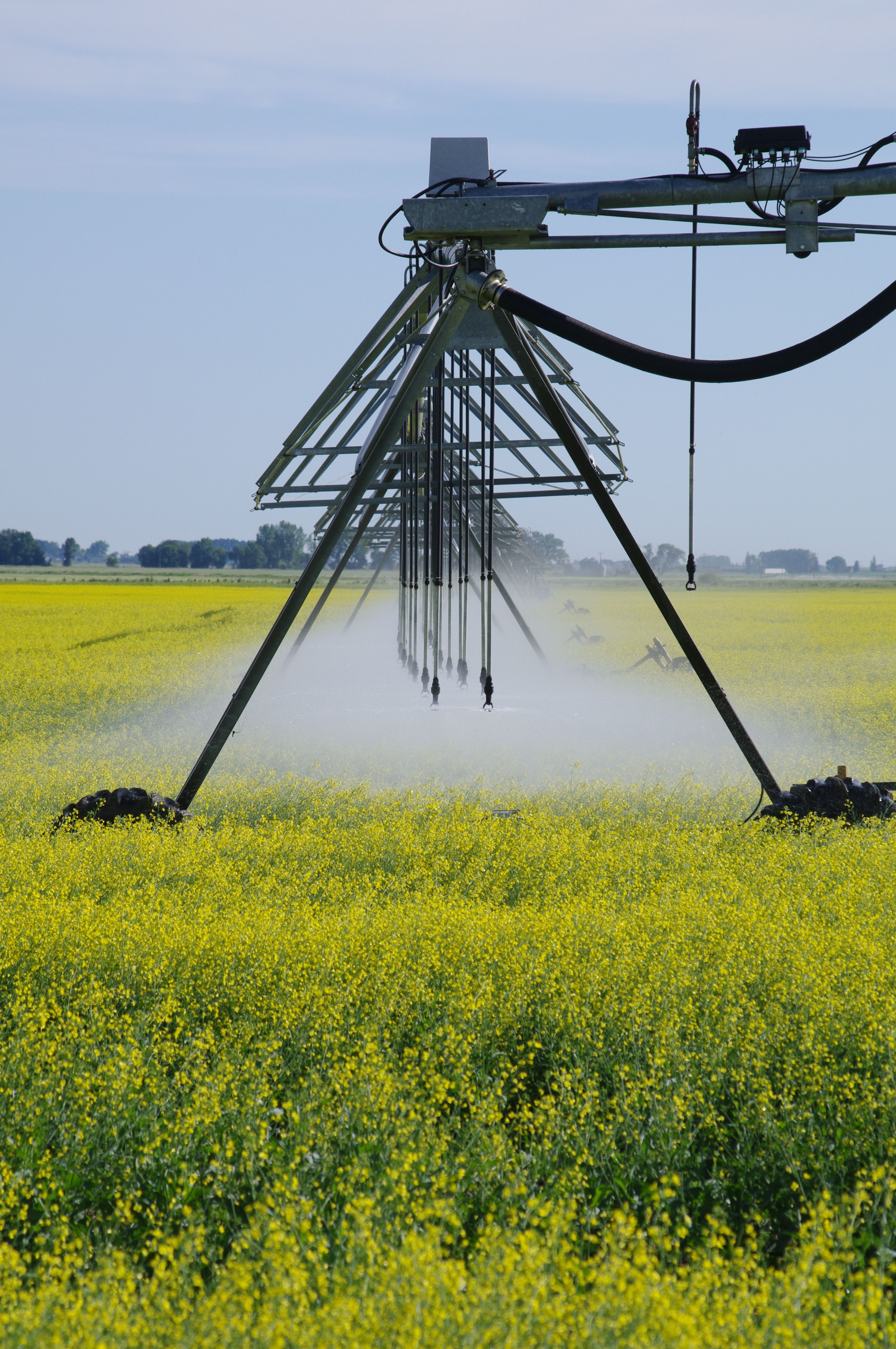
The LNID Water Coordinator divisions have been changed for the 2025 irrigation season, all divisions and information have been updated on the website.
The Water Coordinators, and their contact information, is as follows:
Macleod Keho: Patrick Pavka, 403-308-9026
Monarch: John Degenstein, 403-308-4453
Park Lake: Mike McCloud, 403-634-8449
Albion: Tyson Gates, 403-382-5845
Butte: Walter Engels, 403-382-5840
For a map of the 2025 Water Divisions, please click here.

At the April 16, 2025 Board Meeting, the Board of Directors set the 2025 Water Allocation per irrigation acre at 14”.
The Board considered the Water Supply Outlook published by the Government of Alberta on April 14, 2025, the current Oldman and Keho Reservoir levels, the current snow water equivalent (primarily Gardiner), allowance for typical river and other downstream use, and the risk of a drier than normal summer. They balanced this with the operational needs of irrigators in making informed crop selection and management, as well as the estimated actual average annual use across the District when setting an initial maximum per parcel allocation in April.
The target is to be close to the current 55% of full in the Oldman Reservoir at the end of the irrigation season if we have a somewhat dry year, recognizing that there is room to use some of this storage if we experience an exceptionally dry year.
The LNID Water Coordinator divisions have been changed for the 2025 irrigation season, all divisions and information have been updated on the website.
The Water Coordinators, and their contact information, is as follows:
Macleod Keho: Patrick Pavka, 403-308-9026
Monarch: John Degenstein, 403-308-4453
Park Lake: Mike McCloud, 403-634-8449
Albion: Tyson Gates, 403-382-5845
Butte: Walter Engels, 403-382-5840
Turin: Tysen Sushelnitski, 403-382-5851
A map of the new Water Coordinator areas can be found here. If you require assistance in identifying your new Water Coordinator, please contact the Office (403-327-3302).

The Lethbridge Northern Irrigation District will be controlling broadleaf weeds along its right-of-ways for the 2025 irrigation season. The chemicals used will be Oracle Dicamba, and 2,4-D Amine 600. StartUp Herbicide will also be used for weed control on graveled driving banks and for reed canary grass control. This Spray program will be starting in May of 2025 and will continue to the end of the irrigation season.
Also included in this weed control program will be the treatments for aquatic weeds. To control these aquatic weeds, the Lethbridge Northern Irrigation District may be treating the Canals noted below on the approximate dates shown during the 2025 irrigation season. The Canals will be treated with Magnicide H (Acrolein, Inhibited) to control the growth of aquatic weeds and algae.
MONARCH DRAIN
TP 10 RGE 23
LATERAL 61C CANAL
TP 9/10 RGE 22
LATERAL 62G CANAL
TP 11/12 RGE 21
LATERAL 62J CANAL
TP 11 RGE 20/21
LATERAL K1 CANAL
TP 11/12 RGE 19/20
LATERAL 62K CANAL
TP 11 RGE 19/20
WEEKS OF:
MAY 12, 19, 26; JUNE 2, 9, 16, 23, 30; JULY 7, 14, 21, 28; AUG. 4, 11, 18, 25; SEPT. 1, 8, 15, 22, 29
All sub laterals that take water from the above noted laterals may/will be affected by these treatments. Please read the supplied material if you have land by these treatments or receive water from these canals.
This weed control program is administered by licensed applicators under the approval from Alberta Environment & Protected Areas. For a detailed map of the above referenced areas and updated information, please click here.
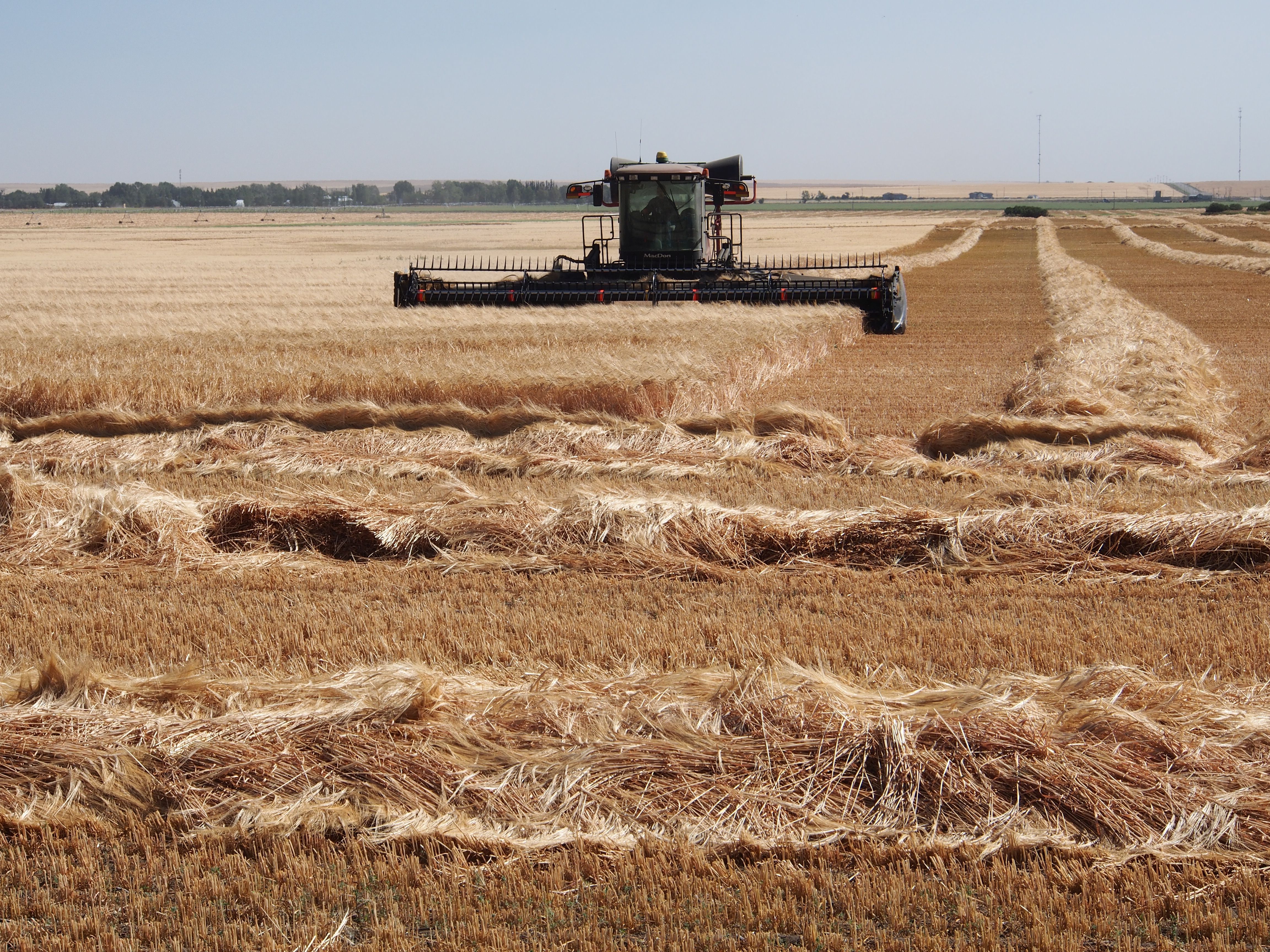
Good afternoon LNID Water Users and Stakeholders,
Please be notified that, after the close of nominations, Sonny Wierenga has been elected by acclamation to the Lethbridge Northern Irrigation District Board of Directors for Electoral Division No. 5.
Thank you,
Christopher Gallagher, P.Eng.
Returning Officer
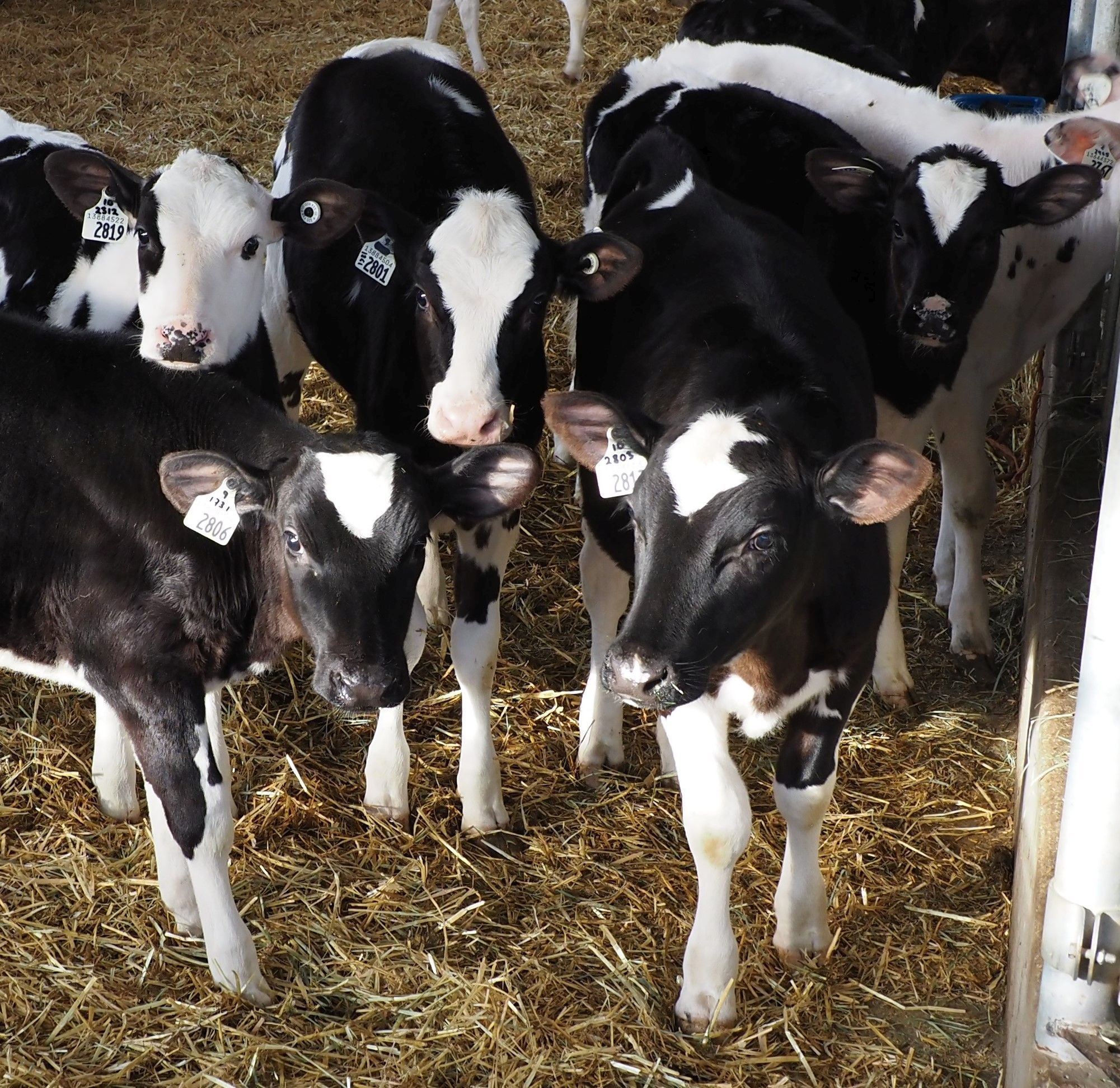
The district administration would like to remind all residents and visitors that hunting of any kind is strictly prohibited on district land. This prohibition is in place to ensure the safety of all individuals on district land, as well as to protect the natural habitat and wildlife within the area.
The prohibition on hunting includes, but is not limited to, the use of firearms, bows and arrows, traps, and any other devices used to capture or kill animals. This prohibition applies to all individuals, regardless of whether they are residents of the district or not.
Any individuals found to be hunting on district land will be asked to leave the area immediately and may be subject to legal action. The district administration takes this matter very seriously and will take all necessary measures to enforce this prohibition.
We appreciate your cooperation in helping to maintain a safe and enjoyable environment for all on district land. If you have any questions or concerns, please do not hesitate to contact the district administration. Thank you for your understanding and compliance.
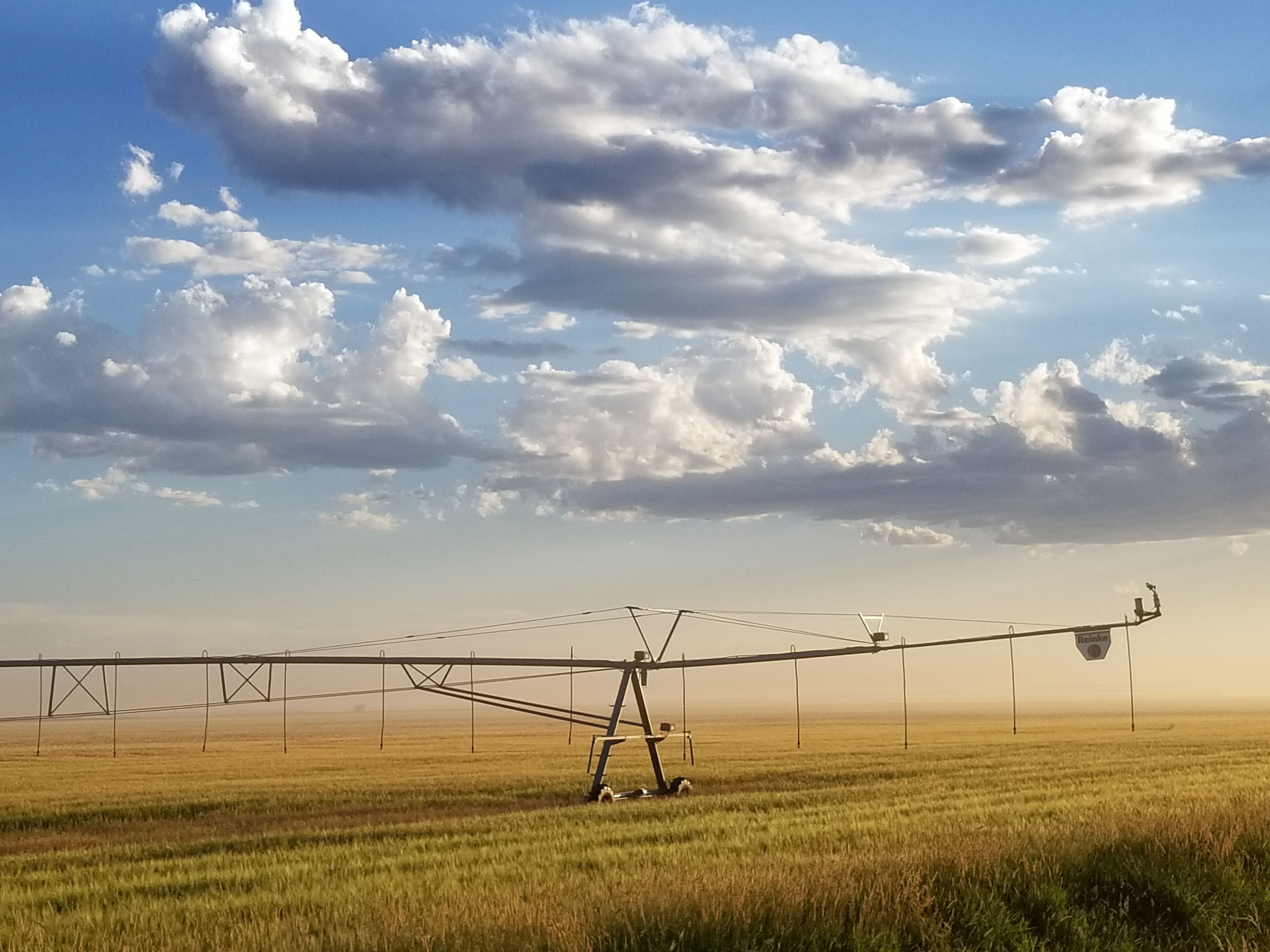
June 27, 2025
The recent rain was welcome, but we are still looking at a reduced water supply outlook compared to early Spring. The Board advises that allocation will not be increased for the remainder of the 2025 irrigation season and will remain at 14" per irrigated acre.

June 23, 2025
In accordance with section 68 of the Environmental Protection and Enhancement Act (EPEA), Lethbridge Northern Irrigation District has been issued an approval by Alberta Environment and Parks for an amendment of an approval to apply pesticides within 30 meters of an open body of water under specific conditions for routine maintenance and operation of irrigation infrastructure.
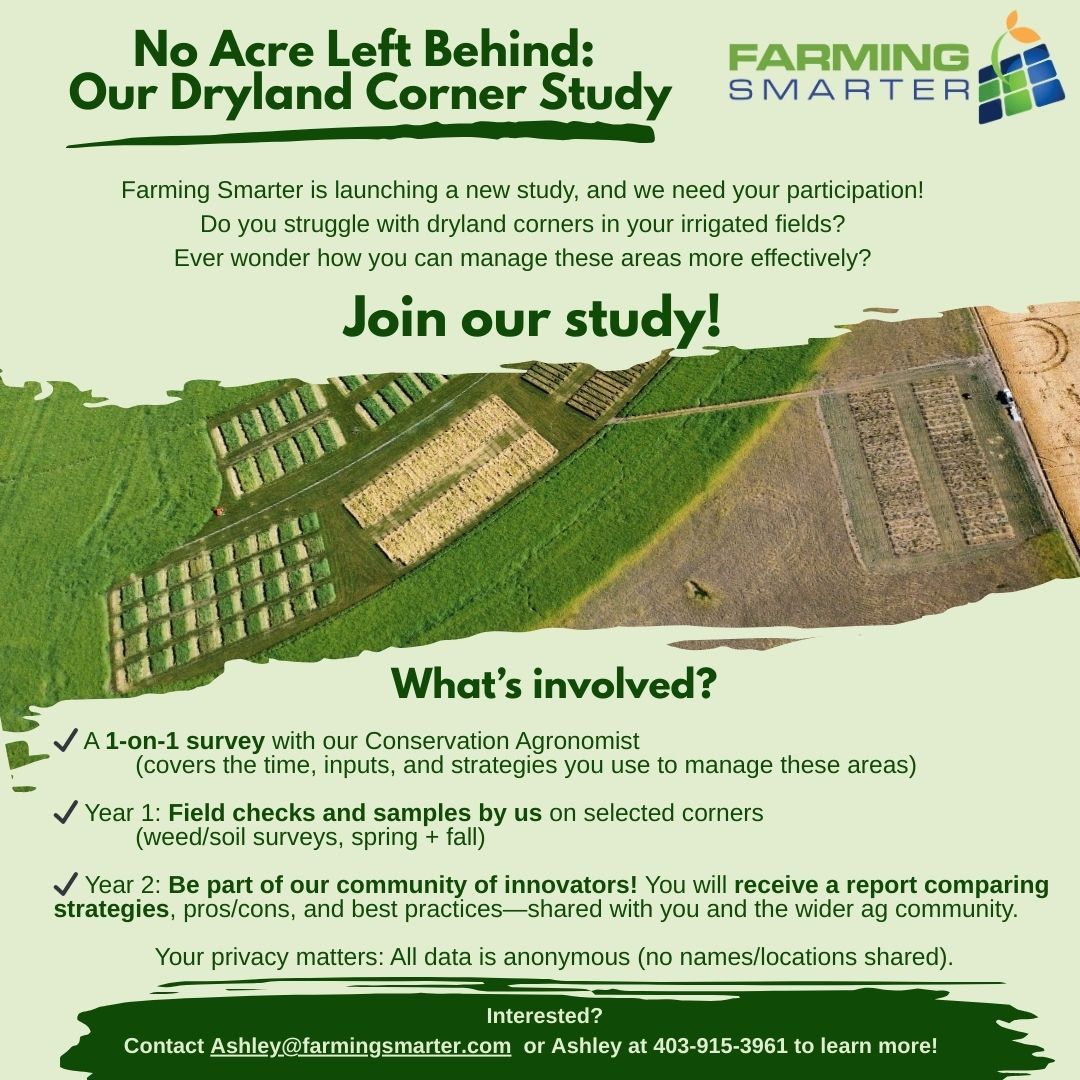
June 3, 2025
Are dryland corners a struggle in your irrigated fields? Are you looking for ways to manage these areas more effectively?
Farming Smarter is looking for survey participants in their “No Acre Left Behind: Our Dryland Corner Study"!
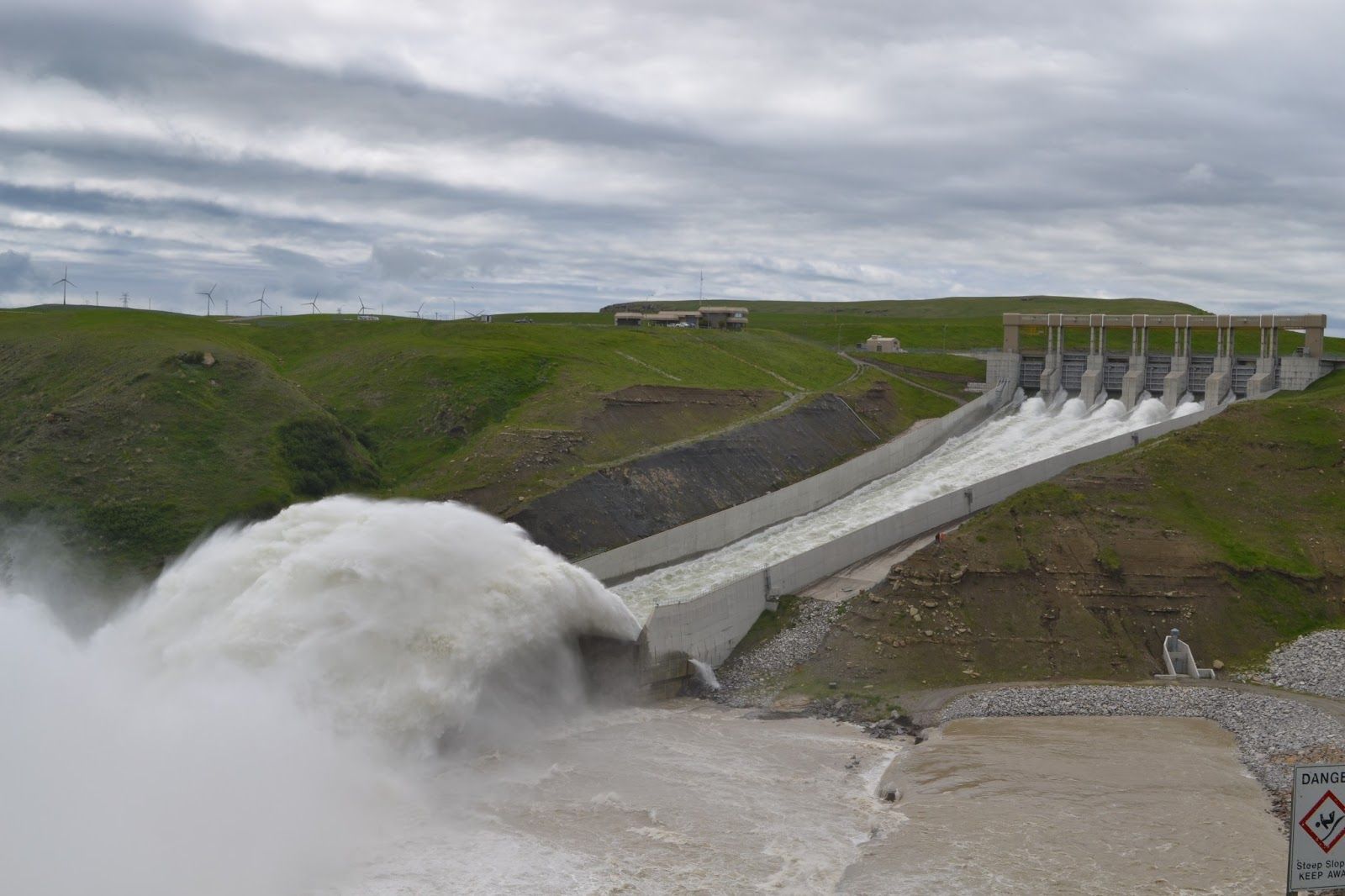
As of 2023, the LNID maintains: